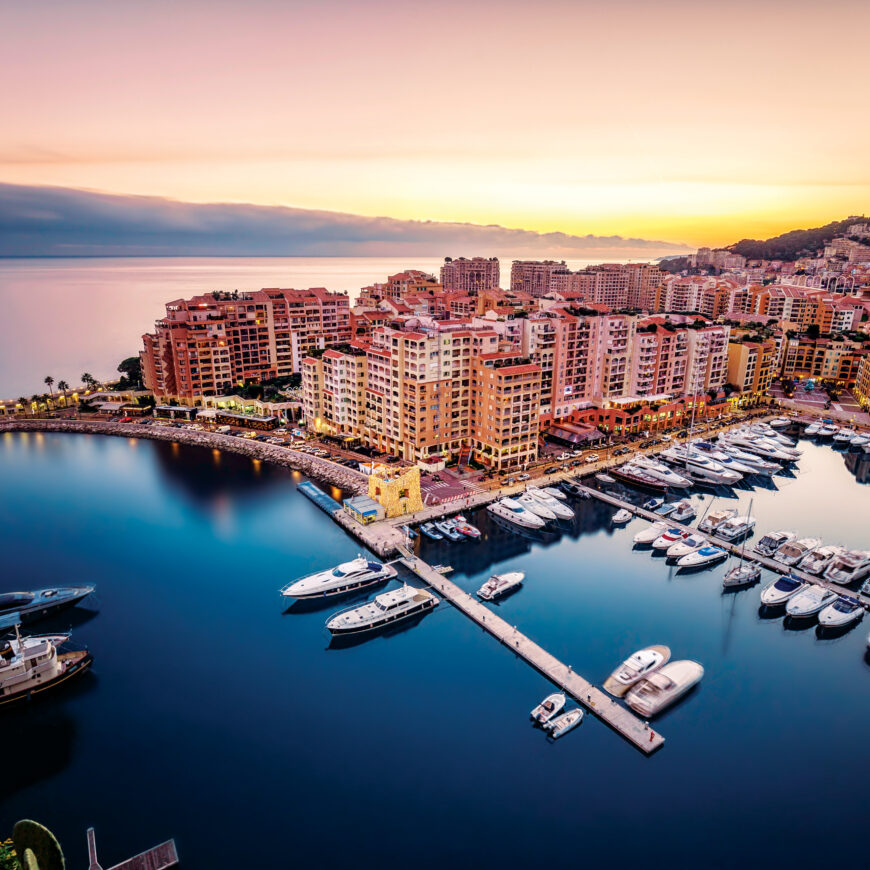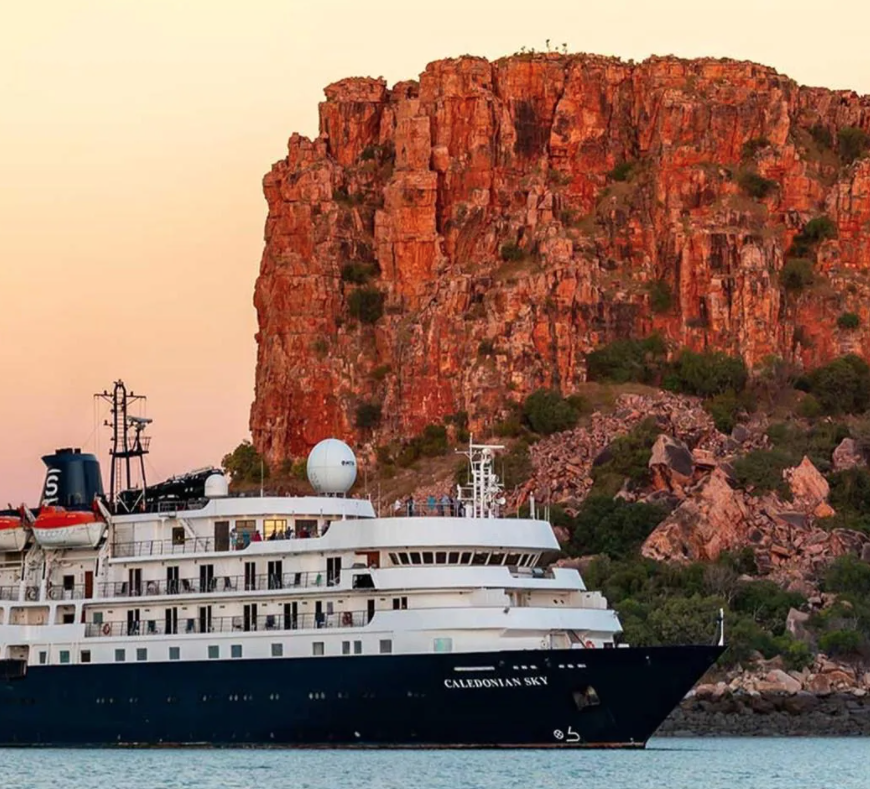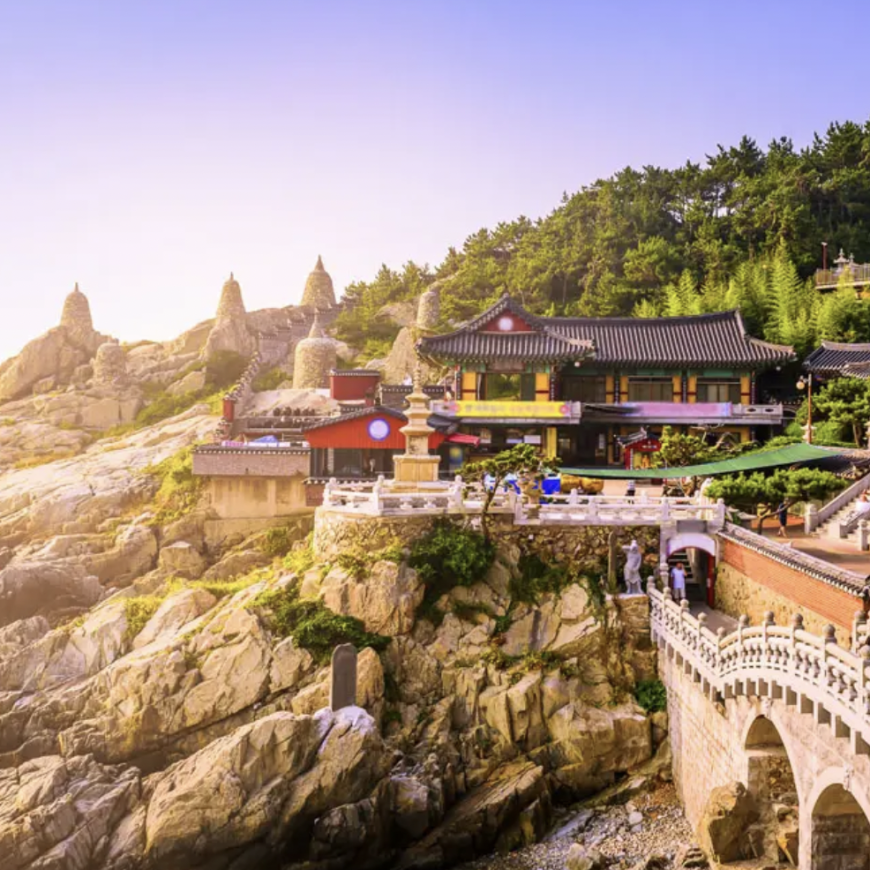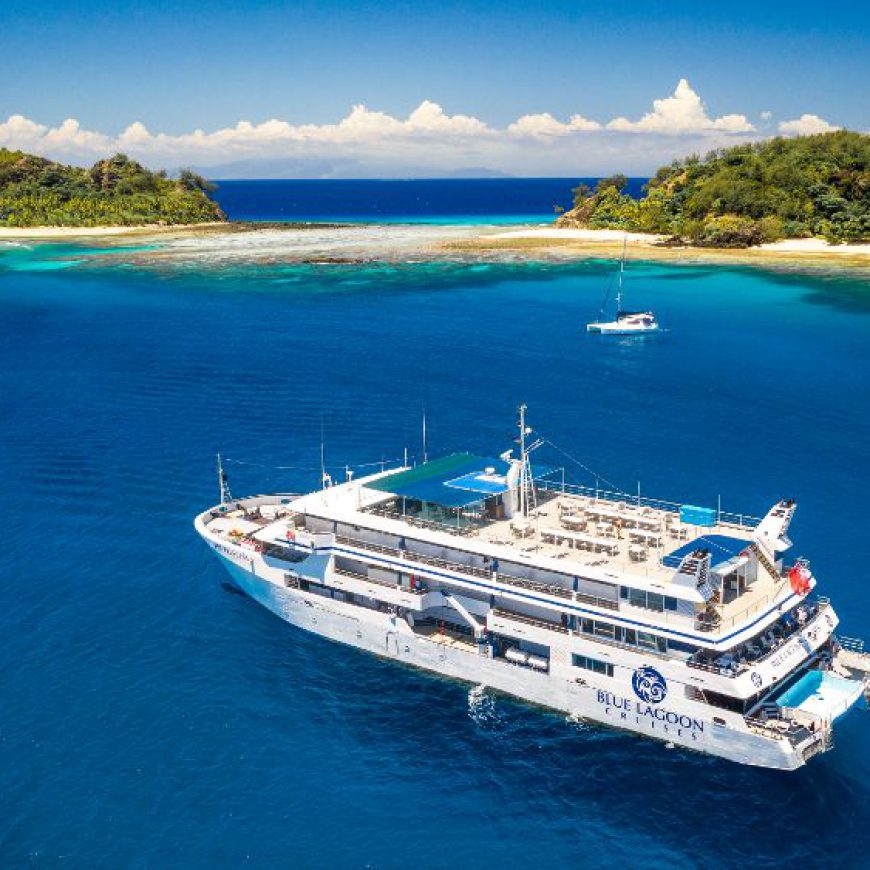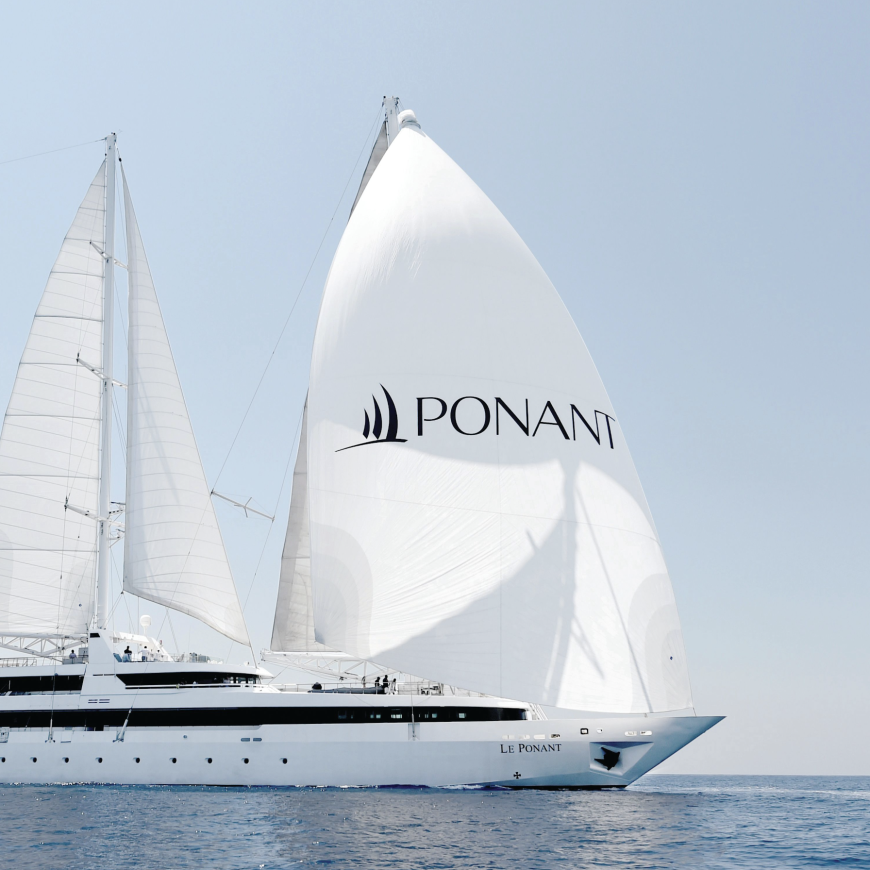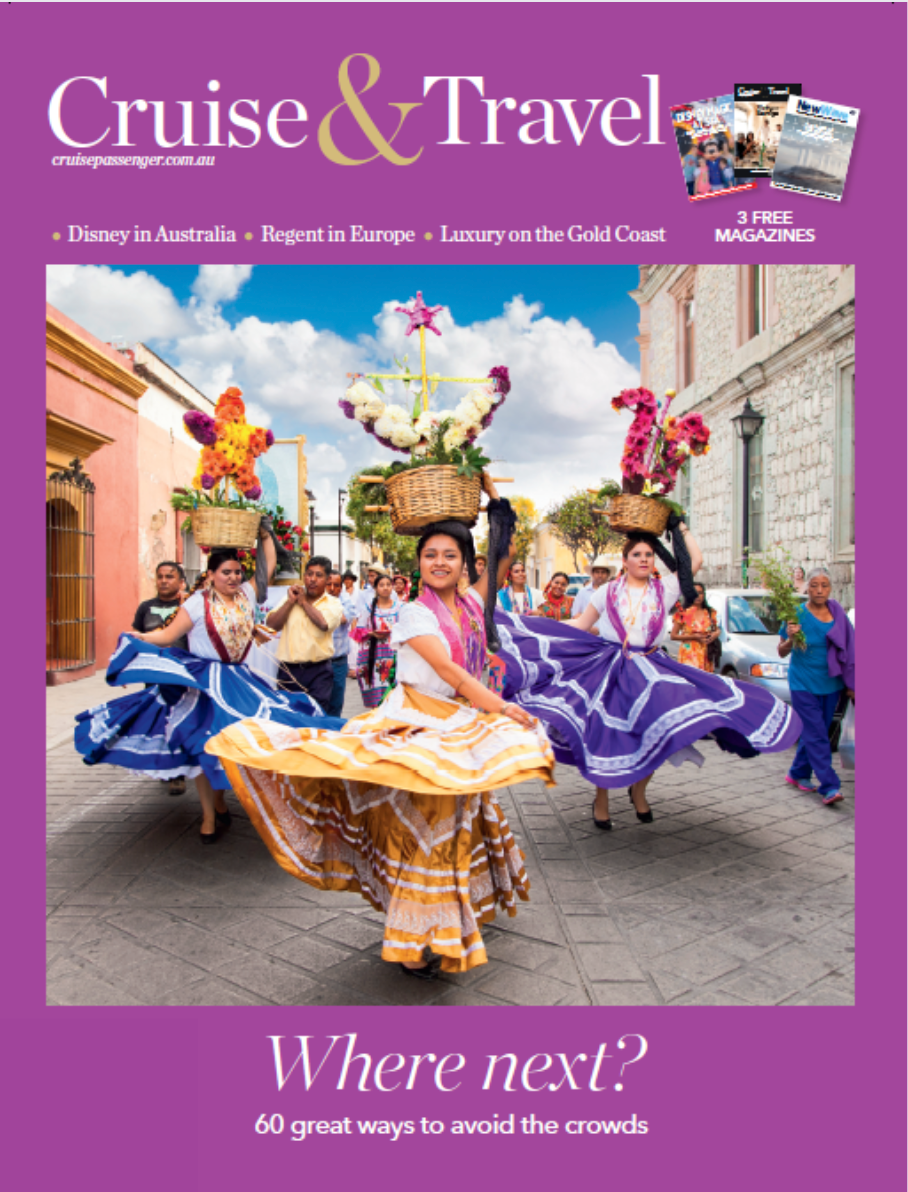Antarctica
DestinationsFurther moves to keep passenger numbers in check and protect the environment mean this spectacular but vulnerable continent can be experienced only by a fortunate few. Words: Roderick Eime.
Journeying to Antarctica, it could be argued, is the epitome of adventure travel. References to the region frequently label it the driest, windiest, coldest, most inhospitable continent on the planet. All this, far from deterring intrepid travellers, seems to attract them.
Traditionally, Antarctic cruises have consisted of a quick dash across the Drake Passage from Tierra del Fuego for a week or so among the icebergs of the Antarctic Peninsula but, as passenger numbers have increased and fascination with this frozen wilderness has become widespread, more comprehensive cruise itineraries that include the Falkland Islands, South Georgia and other remote outposts such as Elephant Island and the South Orkneys have been scheduled.
Not that long ago, voyages to the most southerly points of the ocean were restricted to scientists, explorers and adventurers of the most committed kind. Nowadays, several operators are setting out from Tasmania and New Zealand bound for the Ross Sea and Commonwealth Bay to trace the history of these ‘Golden Age’ pioneers.
The first paying passengers to Antarctica travelled with Chilean and Argentinean naval ships in the late 1950s, before Lars-Eric Lindblad led the first dedicated expedition in 1966. From a base of between 1,000 and 2,000 annually in the mid-1980s, passenger numbers have increased by at least 1,000 per year – to the point where more than 40,000 people visited in the 2008/09 cruise season, though not all of them landed.
Unfortunately, this preoccupation with heroic adventure is placing stress on Antarctica and threatening the pristine environment that makes it so alluring. It seems that just about every season, one or more vessels run aground or worse. Critics believe that an environmental disaster is looming.
“I am greatly concerned that unless we take action, there will be a serious maritime casualty involving a tourist vessel in Antarctica and we will be faced with a humanitarian and environmental disaster,” New Zealand Foreign Affairs Minister Murray McCully said at an Antarctic Treaty meeting last year.
In response, the International Maritime Organization (IMO) has implemented a ban on vessels burning or carrying heavy fuel oil when travelling in Antarctic waters. This ban becomes absolute on August 21 next year, so the coming season will be the last hurrah for big ships that cruise these southern waters but don’t make landings.
The International Association of Antarctica Tour Operators (IAATO) was founded in 1991 by representatives of seven tour companies that had run some of the first trips to Antarctica. One of its first guidelines was to limit and control shore parties. Ships carrying more than 500 passengers are not permitted to land on Antarctic soil (or ice) at all and member vessels are capped at 200 passengers with no more than 100 passengers ashore at any one time at a single location.
The general mood among conscientious operators is that the oil ban plus IAATO’s existing passenger caps will soften the exponential growth of Antarctic tourism and work to preserve this unique environment.

